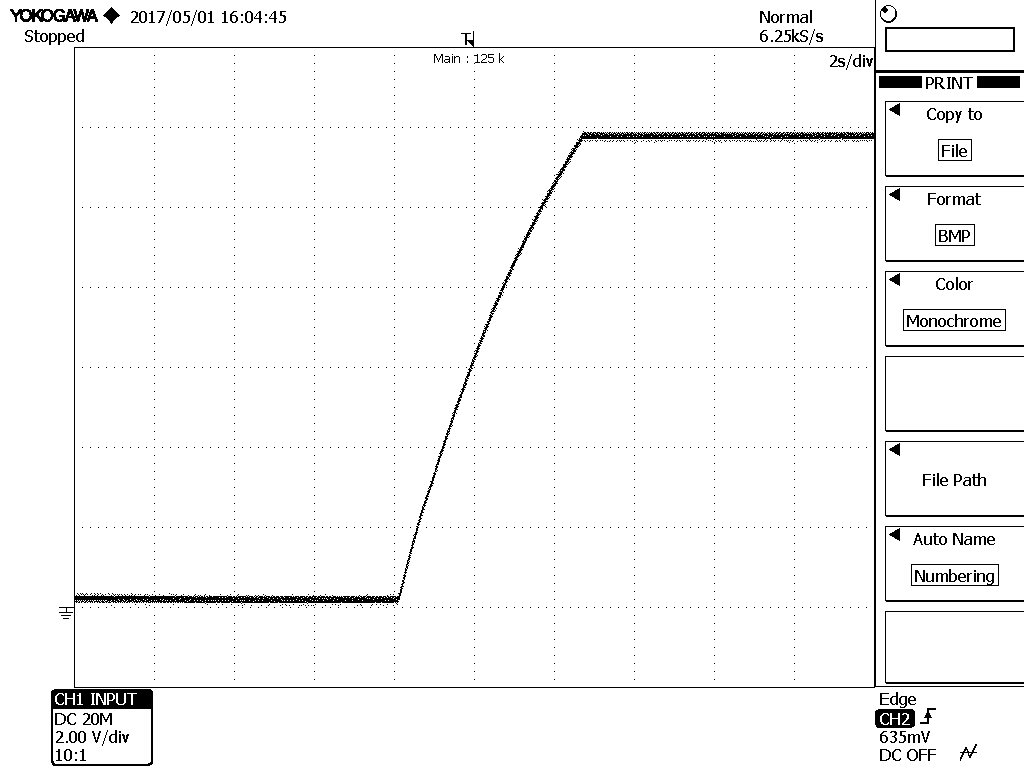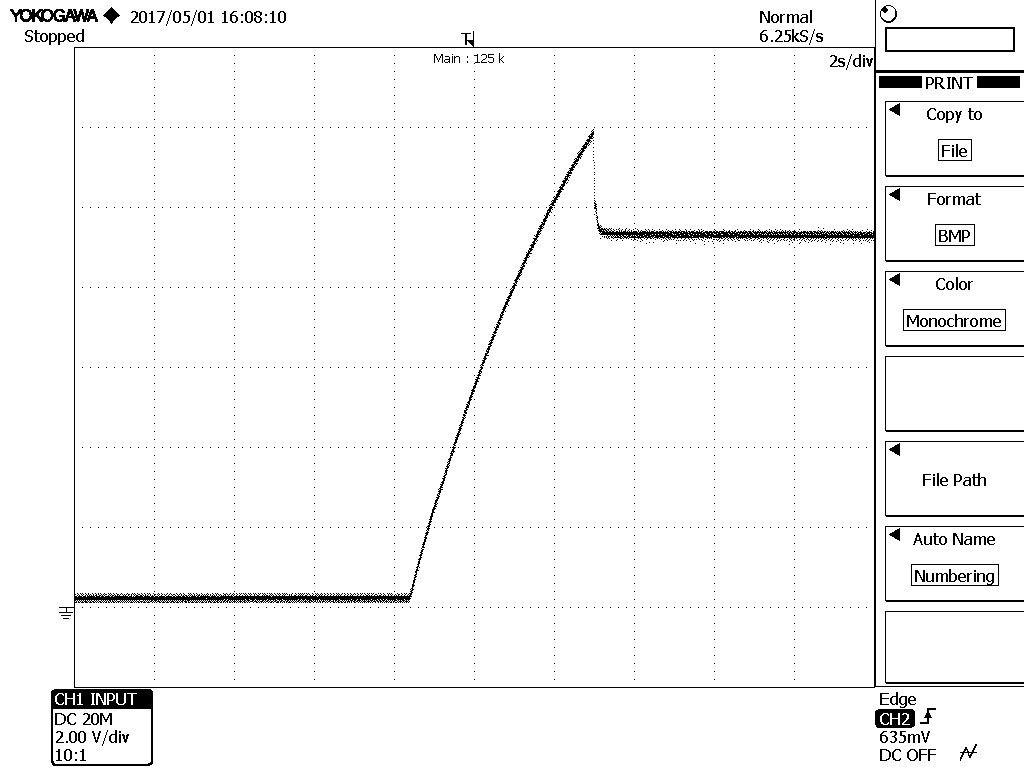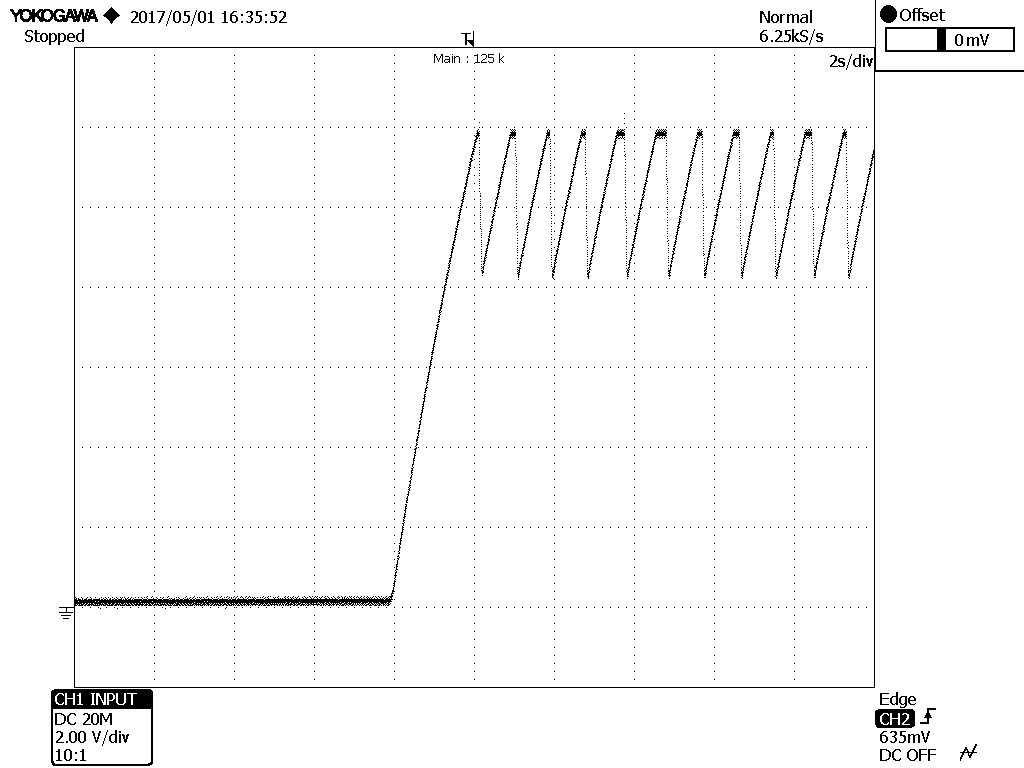Other Parts Discussed in Thread: TPS2829
Dear E2E team,
My customer has a problem described below.
Could you please help me with this issue and let me know if you have an idea from where this issue might come.
===================================================================
" I’m working with an old card that uses UCC25706D. We have problems with the power on sequence.
The situation is the following:
- The power supply is designed so that the UCC25706D turns on when Vin of the DC/DC converter is 88Vdc.
- In same cards, the IC does not turn on until Vin is higher than 120 or 130V.
- When the power on sequence fails it seems as if the current multiplier associated with Vff pin does not work properly. In fact the voltage is always 0 until the IC turns on. "
===================================================================
Thank you very much,




